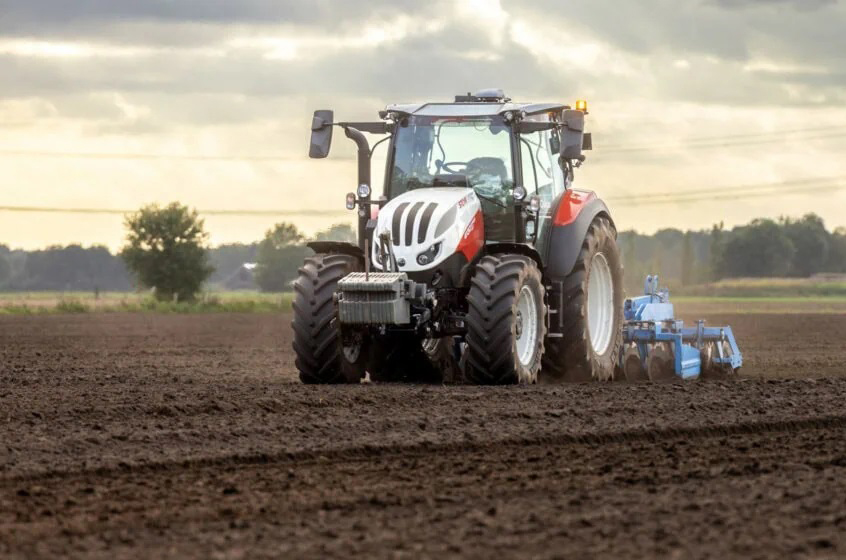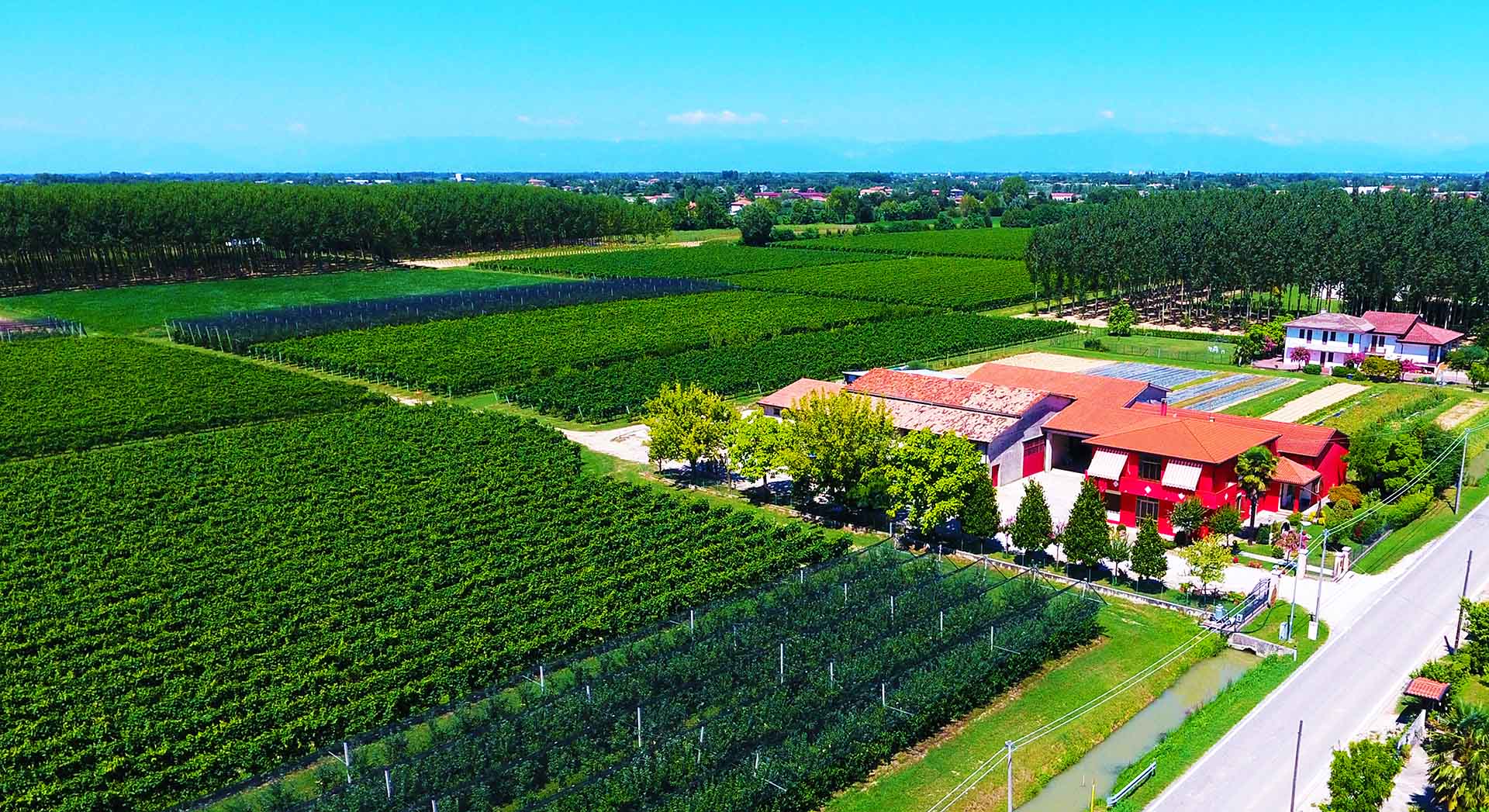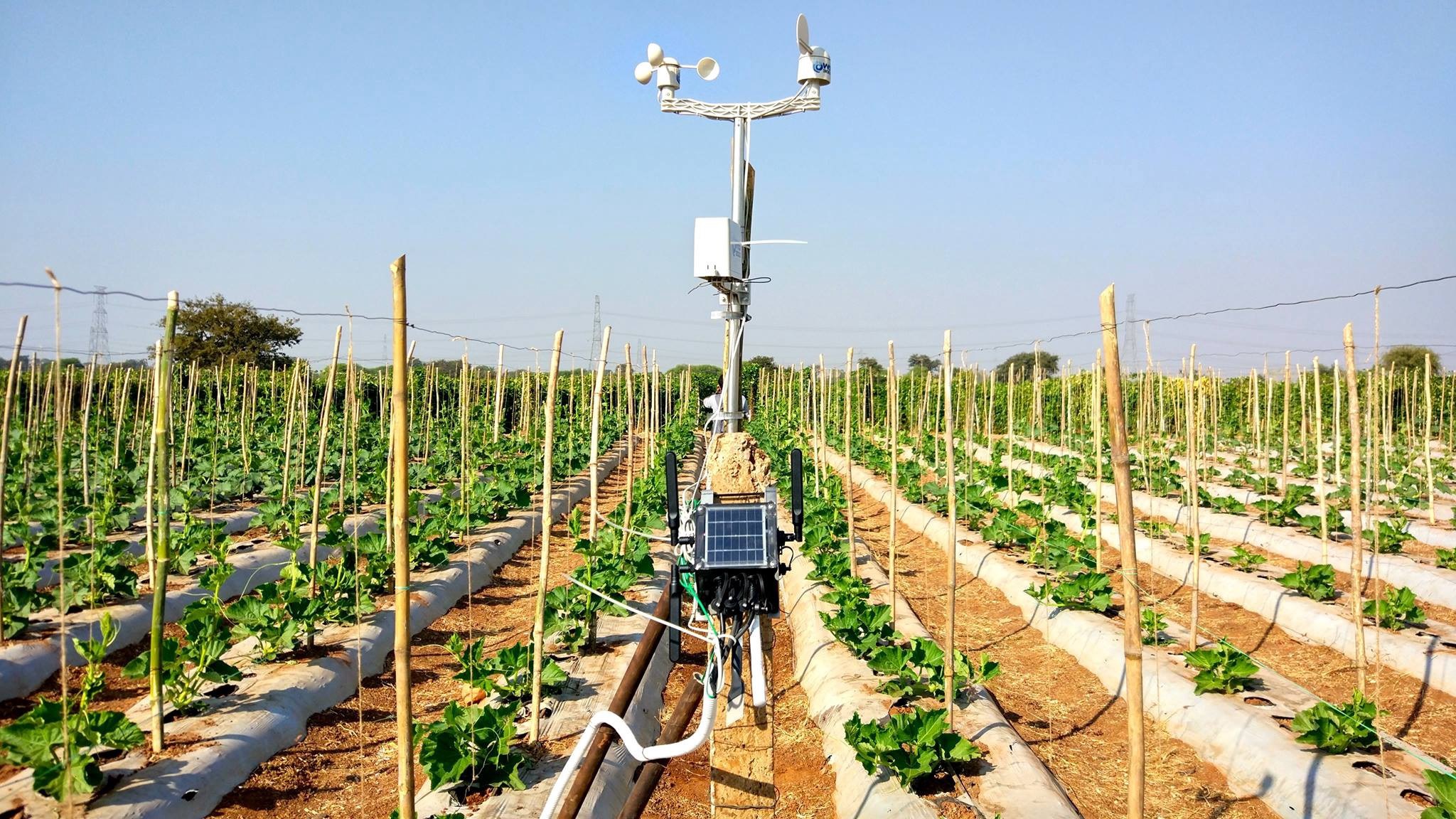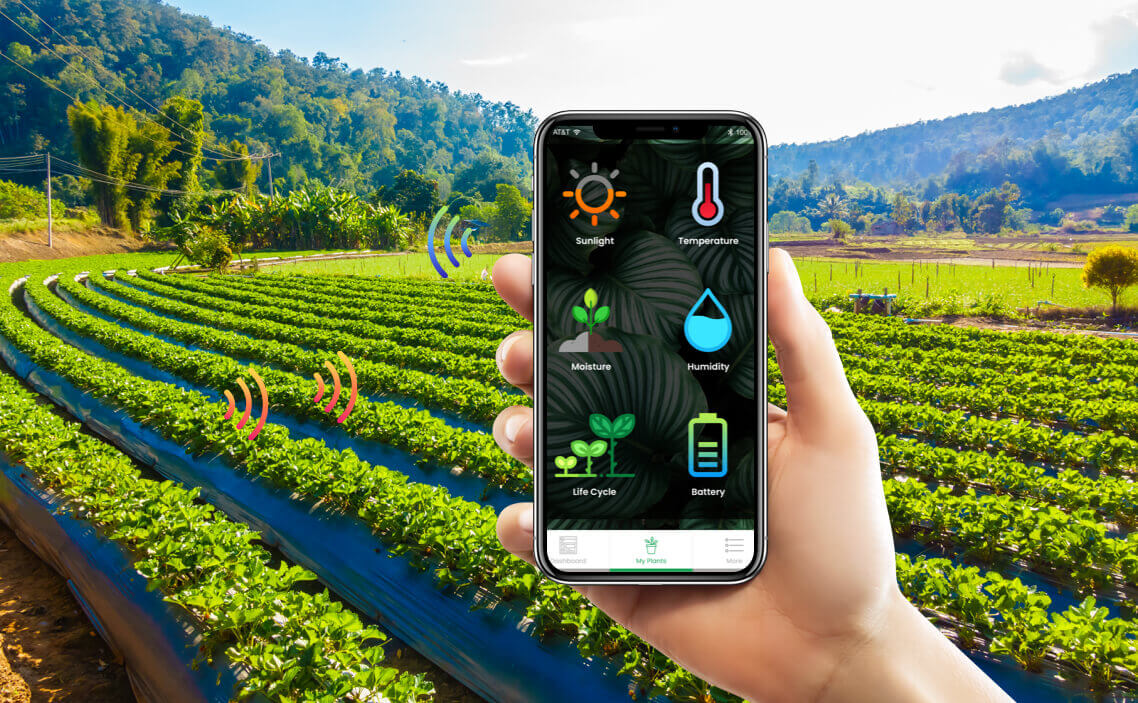What autonomous tractors are already on the market?
The majority of tractor manufacturers is working on the technology to let at least one of their tractor models work unmanned. A recap based on what we know now.
Just a handful of tractor types currently is available ex-factory as unmanned/autonomy ready. Backed by the OEM and not by a third party offering an autonomous retrofit kit. You can operate these tractors without a driver while an operator controls it from another tractor or other vehicle nearby, or even from a remote location. Japanese manufacturers Kubota and Yanmar were the first to commercially offer autonomous tractors in their country of origin, Japan. Followed by Monarch Tractor as well as by John Deere.
Upcoming developments
Every tractor manufacturer, whether they admit it or not, is developing driver optional tractors. Out in the open or behind closed doors. Vehicles that resemble the current looks of a tractor and built with components you’d normally find in tractors as we now know them for decades. Recent trade shows such as last year’s Agritechnica in Hanover, Germany showcased a few upcoming autonomous tractor types. Such as the Claas Xerion 12.590 TerraTrac, Fendt e107 Vario and 900-series and the Kubota AgriRobo MR 1000 A.
Earlier on, Case IH showed an autonomous Magnum 400 in Brazil and demonstrated an autonomous Magnum 340 in Austria. But also Belarus has made public that they are working on their autonomous tractor model A3523i. Other manufacturers that are very likely developing autonomous tractors include Farmtrac, Mahindra and also Keestrack. The latter might not be a very familiar name for most farmers and contractors. The manufacturer however has a long track record in construction machinery, owns tractor specialist Goldoni and manufactures Swiss Rigitrac developed electric tractors in its Goldoni factory in Italy.
Most autonomous tractors still have a cab
What commercially available autonomous tractors and those that are being developed have in common, is that most of the technology onboard can already be found in the latest tractor model series. Those are automated to such extent that they can automatically follow straight and curved AB-lines and contours, lower/lift and start/stop implements and machines and turn automatically on headlands due to sophisticated headland management systems. The only technology these tractors lack to work without a driver, are cameras and sensors to observe the surroundings, the machinery and the quality of the work being done.
Another aspect most available autonomous tractors and prototypes have in common, is the presence of a cab or at least a driver’s seat. This might be a result of a transition period between manned tractors and unmanned tractors similar to what we saw at Tesla and Beyond Meat for instance. The first Tesla cars still had cooler grills to resemble the familiar and generally accepted looks of existing cars and trucks. Beyond Meat and other vegan food producers first develop plant-based, vegan meat products that resemble looks, taste and texture of meat for initial acceptance, adoption and uptake. A further aspect comes down to the flexibility of driver optional tractors that include a cab, controls and an operator terminal. You can still use your tractor as usual, ánd you can drive it from one field to another on public roads. The latter might not be an issue on large outback farms, it is an issue in most other areas. Moving autonomous machinery from one field to another still requires a tractor or truck with a (flatbed) trailer.
Exceptions without a cab or driver’s seat by the way are the Belarus A3523i, the Kubota New Agri Concept and to some extent also the Krone/Lemken Combined Powers VTE.
Official statements
We asked most major manufacturers for official statements on the introduction of autonomous tractors and these are the answers we got.
Agco (Fendt) says: “We have several different projects for autonomy/autonomous solutions running at the same time but none of them are commercially available at this time.”
Claas says: “Our autonomy connect will not be available in 2024 but in the mid-term, without giving a concrete date.”
CNH says: “Currently we don’t have commercially available tractors that leave one of our factories capable of unmanned operations. Our Case IH Farmall 75C Electric and New Holland T4 Electric Power are capable of doing so and their prototypes are currently part of homologation procedures. Together with Raven, we can retrofit existing Case IH Magnum tractors with our autonomous retrofit kit in those countries where autonomous operations are legally permitted. This excludes Europe.”
Deutz-Fahr says: “In 2024 we will not introduce an autonomous tractor commercially.”
John Deere says: “Our wheeled and four-track model year 2025 8 series and 9 series tractors will offer an autonomy-ready option that will allow farmers to make the switch quickly and easily to fully autonomous operation when it’s right for their own farm. The autonomy-ready package offers all the hardware, software, and safety features that we know today will be required for autonomous operation in the future. The autonomy-ready package is available in the United States and Canada to order through local John Deere dealers. The only additional item a farmer will need to add in the future to complete autonomous operations will be the perception system. The perception system consists of cameras and vision processing units needed for autonomous operation.”
Trusted solutions and suppliers preferred
If you let your autonomous tractor work your fields, you trust your fields and your crops to something (rather) unknown. Lessons learned during last year’s experiments in the Netherlands with a common tractor retrofitted with an autonomous kit, include farmers’ clear opinions that they find ‘an unmanned autonomous tractor mainly interesting for soil preparation. This opinion primarily arises due to the need for supervision, both for safety and to ensure the machine operates effectively and maintains work quality. Crop health and yield determining operations such as planting and hoeing are easily trusted to autonomous alternatives as sufficient monitoring solutions still lack. A blocked planter row or a hoeing knife dragging along a piece of wood or metal and thus destroying a crop row, are the least farmers want. John Deere and others have a clear reason why they initiate autonomous operations with soil preparation tasks.
Then, let us draw another parallel with the automotive industry, at least in Europe. It took Korean car manufacturers decades to gain trust in their products. Not only from a quality and reliability point of view, but also from a depreciation or resale / trade in value point of view. While currently, again at least in Europe, it’s the Koreans along with Tesla who are known for their innovations, reliability and resale value for electric cars. While currently, the countless Chinese electric car makers are dealing with the same challenges, yet much and much faster.
The same is going in in agriculture. If you buy a tractor from one of the established manufacturers mentioned above, you know what you get. Quality wise, reliability and service wise, and you can also (roughly) estimate your resale or trade in value and thus your costs per hour. Also if you fitted it with an autonomous retrofit kit. That is not the case for field robots who are costly and for the time being, quickly depreciate/amortise.
Go to article source
Back to top



